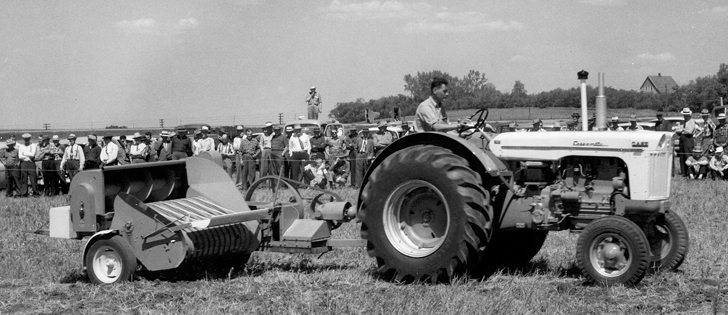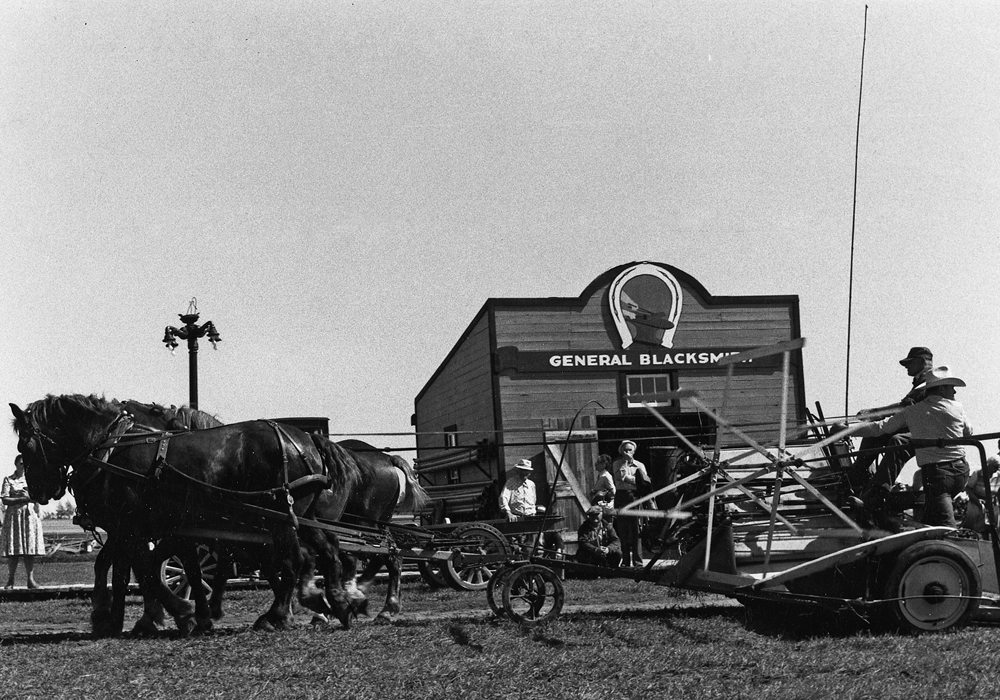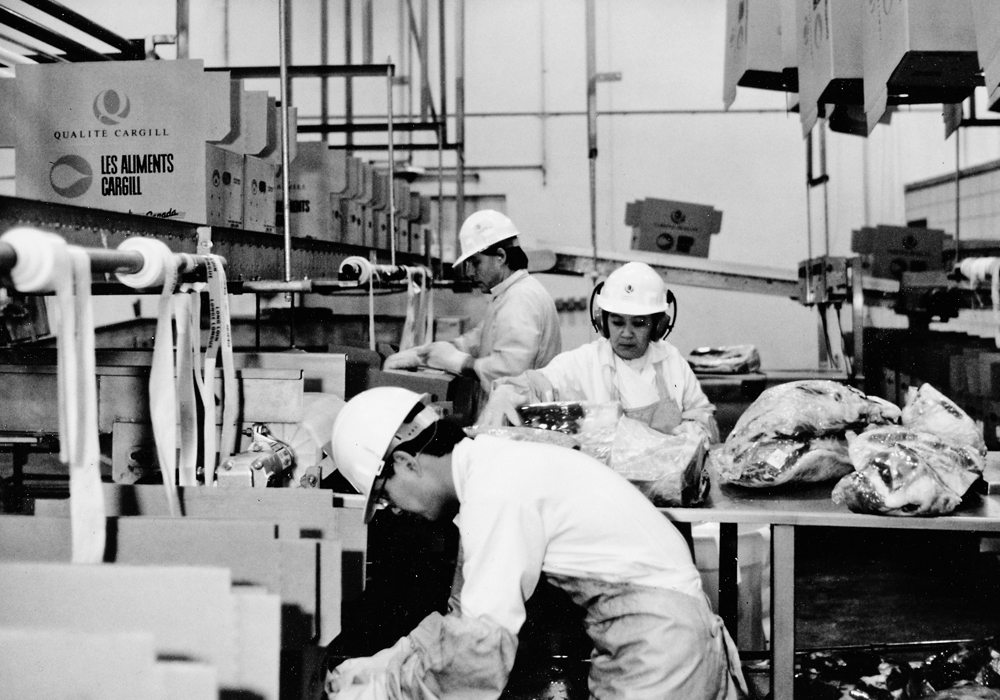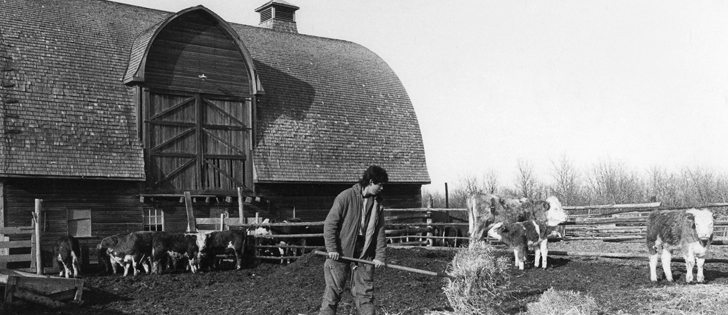The Western Producer takes a weekly look at some of the stories that made headlines in issues of the paper from 75, 50, 25 and 10 years ago.
75 years ago: May 2, 1940
Representatives of prairie co-operatives and provincial governments met to determine how to lower the price of farm machinery. A committee was formed to investigate the merits of co-operative distribution as a way to accomplish this goal. The committee was chaired by H.L. Fowler, manager of Consumers’ Co-operative Refineries Ltd. in Regina.
Federal agriculture minister James Gardiner said he had recommended amendments to the Canada Wheat Board Act that would allow for an interim wheat payment.
Read Also

Higher farmland taxes for investors could solve two problems
The highest education and health care land tax would be for landlords, including investment companies, with no family ties to the land.
50 years ago: April 29, 1965
A U.S. congressional reports found that no milk on the market in the U.S. was free of pesticide residues. However, it also found that the residues had no ill effects on humans.
A story predicted that prairie farmers, who have long been familiar with efficient bulk grain handling, would soon adopt the same labour saving devices for loading and unloading chemical fertilizer.
25 years ago: May 3, 1990
Federal transport minister Doug Lewis over-rode the National Transportation Agency and ordered a 13 percent hike in farmers’ freight rates from $9.45 a tonne to $10.70. The agency’s proposal to drop the rate to $8.19 a tonne had angered what the story called the “grain industry establishment.” The government sided with the establishment.
Gerry Hradowy, credit manager for United Grain Growers, warned farmers they could have a tougher time charging their fertilizer and seed purchases at credit-cautious farm supply outlets.
10 years ago: April 28, 2005
Hundreds of prairie farmers were reported to have directly imported glyphosate from the U.S. rather than buying it from local suppliers. The Pest Management Regulatory Agency had granted approval to bring in 760,000 litres of ClearOut 41 Plus through its Own Use Importation program, and volumes were expected to increase to 900,000 litres by the end of the year. The overwhelming demand caught the PMRA off guard.
As the Prince Rupert port started building its shipping container handling facility, the special crops industry was worrying about a container shortage that might not allow it to take advantage of the new facility.















